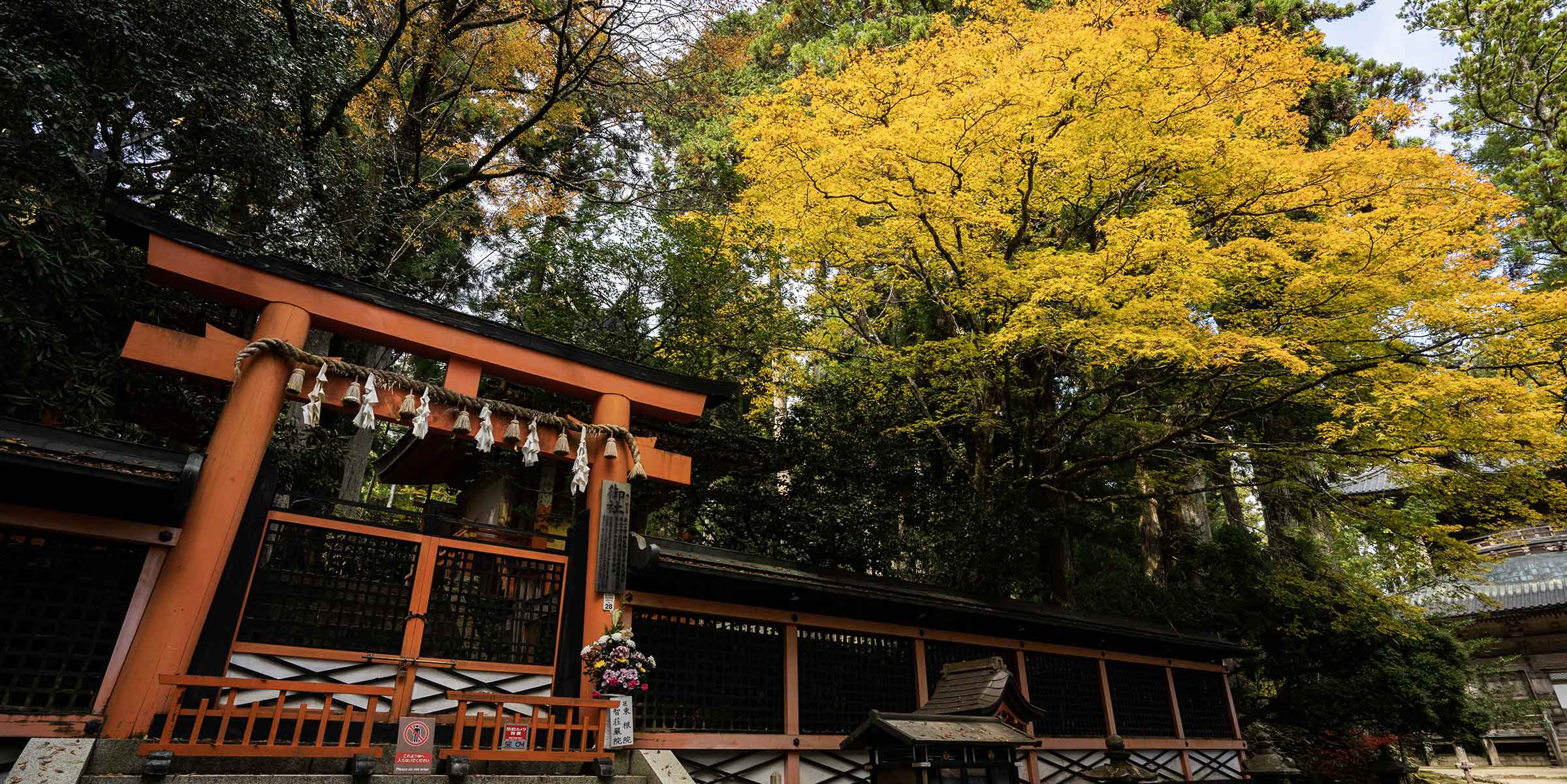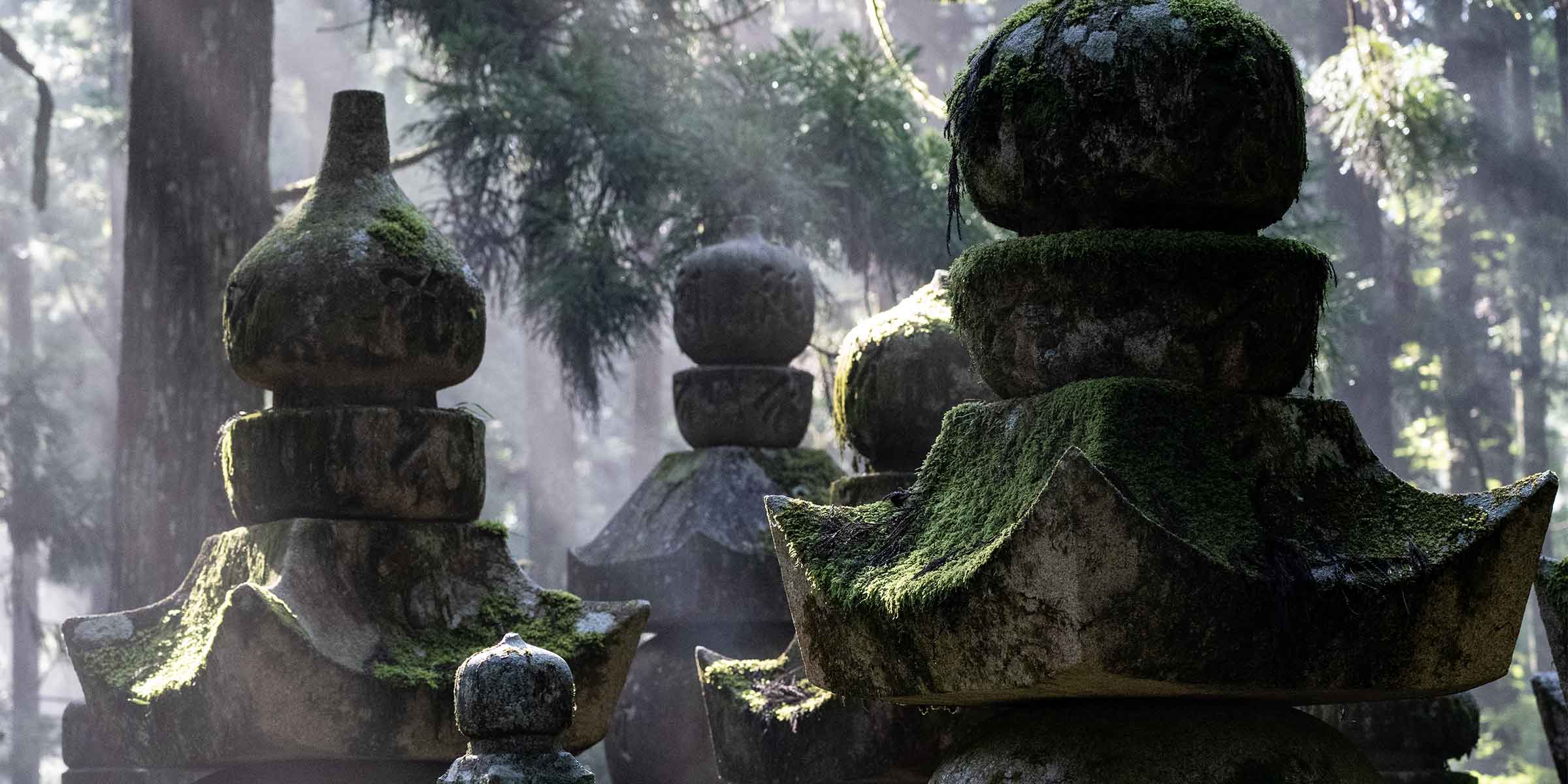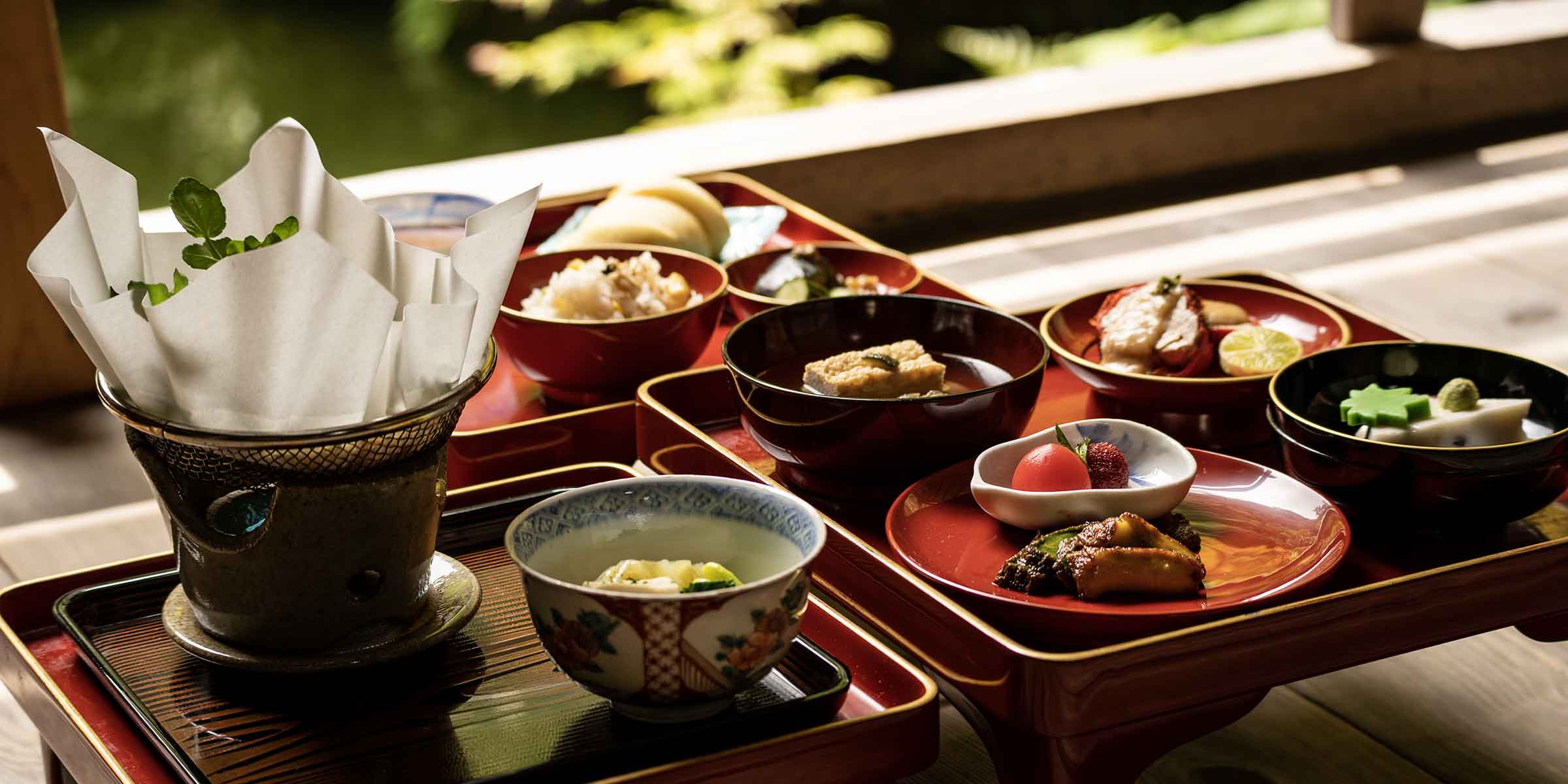Director Kinoshita Hiroyoshi introduces Kōyasan to those who will visit Kōyasan and those who would like to know more about Kōyasan in an easy-to-understand way featuring his own point of view.
True Charm of Koyasan
Kōyasan is located in the northwestern part of Wakayama Prefecture. Kōyasan is not a mountain, but a basin at a mountain’s top stretching 4 km east to west and 2 km north to south, surrounded by mountains at altitudes of 1,000 m.
About 1200 years ago, in 816 of the early Heian period (782-900), Kūkai (Kōbōdaishi) founded Kongōbuji Temple in Kōyasan after receiving an imperial sanction from Emperor Saga upon his return from the Tang Dynasty in China. Kūkai was the founder of the Shingon sect of Buddhism.
When Kūkai founded Kōyasan, he first built a shrine. It is notable that the shrine is located higher than where Buddhist halls are gathered. This is often overlooked, but in fact, the shrine is at the center of the place.Kōyasan is rather like a shrine temple.
In ancient times, gods were rooted among Japanese people. Kūkai was typically Japanese and very close to a mountain worshipper. It was found that the great gate was initially a large vermilion torii gate. Kōyasan was also a very important place for the mountain worshippers.
The priests in Kōyasan still refer to Kōyasan’s annual Shinto rituals as god’s things. In the center is the goddess Niu Myōjin at the shrine. Like Mt. Fuji, many mountain deities across the nation are female. Women are fundamentally deified and sacred beings.
Different religions and beliefs, such as Shinto, Buddhism, and mountain worship,respect each other and are united in one place. Kūkai expressed it in his writings and drawings called mandalas. Kōyasan is full of such charms.

History of Koyasan to Learn from Stone Pagodas
In the northeastern part of Kōyasan is a place called ” Okuno-in,” where the mausoleum that Kōbō-daishi Kūkai entered for eternal meditation in 835 is situated.
Stone pagodas, officially estimated at 300,000, stand surrounding this mausoleum in Okuno-in. From the early Kamakura period (1185-1221) to the present, stone pagodas have still been built here. No other temple in Japan has as many stone pagodas as Kōyasan.
On the 2-km approach to Okuno-in, there are mossy old stone pagodas on both sides. Among them are those of famous warlords from all over Japan and other prominent figures. Notably, buried here are not only people of power, but also ordinary people. So why are there so many stone pagodas alongside Kūkai’s mausoleum?
Shakyamuni preached Buddhism. He actually existed about 2,500 years ago,from the 5th to 4th century B.C. It is believed in Buddhism that Maitreya will descend to this world, attain enlightenment under the Bodhi tree, and preach three times to save people 5.67 billion years after Shakyamuni entered nirvana at the age of 80. It is also believed that Maitreya will appear together with Kūkai here in Okuno-in, Kōyasan, 5.67 billion years later.

Culture of Lodging in Koyasan
There are approximately 117 temples in Kōyasan. Many of them provide lodging for worshippers to stay overnight. So does Shōjōshin-in Temple. Guests at temple lodgings can closely watch monks’ practices and also join the morning Buddhist service (chanting sutras and worshipping the Buddha).
Meals at the lodgings are Buddhist vegetarian food. You can taste dishes without animal ingredients such as meat and fish since Buddhism forbids killing, and also without pungent vegetables such as garlic. Temple lodging is truly a way to experience Kōyasan as is, not as a tourist destination.
According to the research of Professor Emeritus Yamakage Kazuo of Kōyasan University, the temple lodging system first appeared in documents in the Nanbokucho period (1334-1393). Although the system was initially regarded negatively in Kōyasan, it became common during the Muromachi period (1394-1569). Later, the temples in Kōyasan began to be supported by the warring feudal lords as their family temples. It is assumed that as the warring feudal lords stayed at the temples as lodgings when they visited Kōyasan for worship, their ties became increasingly strong.
In the Edo period (1603-1867), the relationship with the privileged classes continued as that with feudal clans. Kōyasan grew in popularity with increasing numbers of visitors. The maximum number of temples reached 2,000, which settled down to 600 in the late Edo period (1781-1867). The leading temples were assigned 35 koku*. The farmers at the mountains’ foot climbed up to the temples to deliver rice to them for taxation.
What is interesting is that faithful farmers were pleased to deliver their rice to the temples, including Kongōbuji Temple. It should be dedication or offering to the Buddha and temples rather than taxation because, even after this taxation system was completely abolished, it continued until around 1965 as a custom called zōjinobori. Although it is now discontinued, the culture of voluntary dedication of vegetables and daily commodities as well as rice from the farmers at the mountains’ foot continued.
In recent years, there has been a movement to revive zōjinobori. In order to pass on this wonderful tradition to future generations, Shōjōshin-in Temple has begun using the zōjinobori vegetables extensively for Buddhist vegetarian cooking.
*Koku (or Goku): A measurement unit referring to the agricultural production of land converted into the amount of rice. 1 koku is considered as the amount of rice for one adult’s annual consumption.


